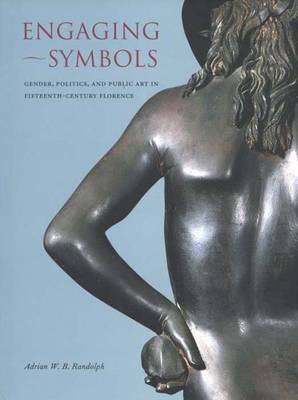During the 15th century, Florence emerged as one of Europe's most important city-states. This text investigates the fascinating intersection of art, politics and gender in the public sphere of Florence at this time. Adrian Randolph identifies a pivotal moment in the history of public art when Florentines visually encoded political and social relations within gendered categories. Randolph shows how "engaging" political symbols were grounded in a revolutionary way in amorous discourses that drew on metaphors of affection, desire, courtship, betrothal, marriage, homo- and hetero-eroticism, and procreation. The author emphasizes the sculpture of Donatello and the Medici family's efforts to seek legitimacy through artistic patronage. To characterize the political function of art, however, the text also encompasses a broad array of media - including paintings by Botticelli, portrait medals, and especially engravings - and tracks a number of important political developments. During the course of the 15th century, as tensions grew between Florence's explicit republicanism and a waxing politics of personal charisma, art was employed to alleviate the uneasiness, Randolph argues.
First an oligarchical government and then three generations of Medici rulers, recognizing the importance of political appearances, carefully crafted images of themselves, their city, and the consensual relation they imagined existing between the two. Randolph aims to cast new light on these artistic practices to arrive at a convincing view of the connections among politics, gender and art in quattrocento Florence.
- ISBN10 0300092121
- ISBN13 9780300092127
- Publish Date 11 May 2002
- Publish Status Out of Print
- Out of Print 19 April 2013
- Publish Country US
- Imprint Yale University Press
- Format Hardcover
- Pages 352
- Language English
